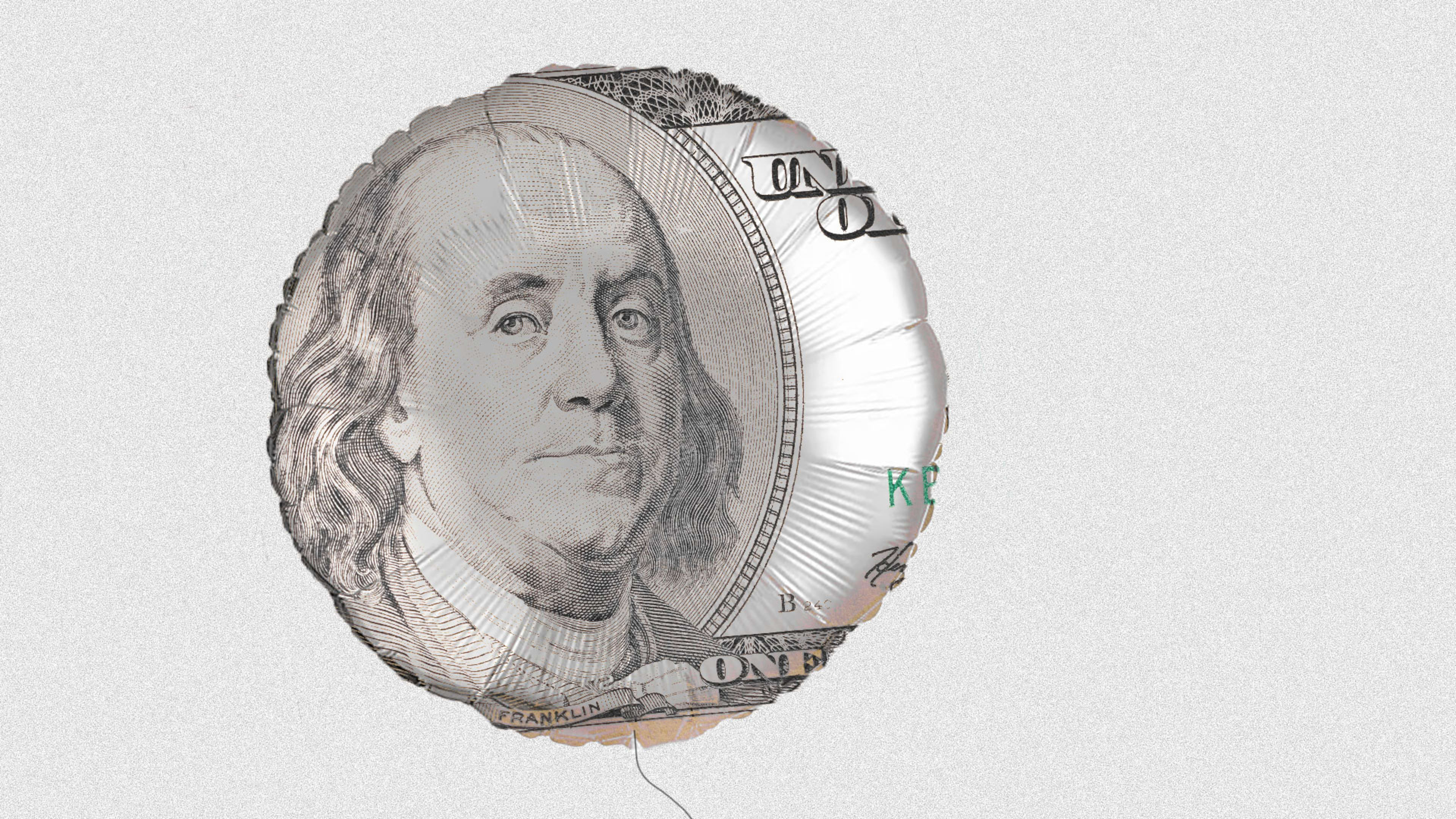Today, the U.S. Department of Labor released the consumer price index (CPI) for November, and inflation hit a 39-year high. Wall Street analysts and economists had generally expected to show the highest inflation in almost four decades, reports CNBC. Experts wagered the CPI would rise by about 0.7% in November 2021 (the reported figure was 6.8%), or 6.7% in total over the past year. That year-over-year rise almost matches the CPI increase in June 1982, which topped out at 7% YOY.
What exactly is the CPI? The consumer price index tracks dozens of goods that consumers regularly purchase, from gas to food to pet supplies, and the changes in those prices over time show the inflation that has occurred. Due to this inflation, we, of course, are paying more for certain goods than we used to in the past. In other words, the CPI tracks the inflation of the prices of goods, which reveals how far less your dollar goes now than it used to.
But just how much less is your money today worth—in buying power—than in the past? There’s a nifty CPI Inflation Calculator by the U.S. Bureau of Labor Statistics that can quickly help you calculate your money’s relative buying power. Simply enter the amount of money you want to calculate, the month and year in the past you would have (theoretically or actually) spent the money, and the calculator will show you how much money you’d pay for the item in today’s dollars.
For example, say you paid $5,000 in cash for a select good in May 1989. The calculator reveals that in October 2021 you would have needed $11,170.80 to match the buying power of that $5,000 back in May ’89. That’s inflation for you, and it’s one of the reasons why goods get more expensive for most people over time, which can cause their real-world buying power to diminish if their wages don’t increase in line with the rate of inflation.
This story has been updated.
Recognize your brand’s excellence by applying to this year’s Brands That Matter Awards before the early-rate deadline, May 3.
